AI Revolutionizes Visual Art in Transforming Landscapes
The Rise of AI in Visual Arts: When Algorithms Become Artists
Artificial intelligence has moved from science fiction to creative reality, fundamentally changing how we produce and experience visual art. What began as experimental algorithms now generates breathtaking landscapes that rival human creations—from hyper-realistic mountain ranges to surreal dreamscapes that defy physics. This revolution isn't just about technology; it's reshaping artistic expression itself.
Why AI-Generated Landscapes Matter
- Unlimited creativity: AI can produce thousands of landscape variations in minutes, pushing artistic boundaries
- Democratization of art: Expensive tools once limited to studios are now accessible to anyone
- Industry transformation: Gaming, film, and architecture are adopting AI for faster, cheaper world-building
- New artistic movements: Hybrid human-AI collaborations are creating never-before-seen styles
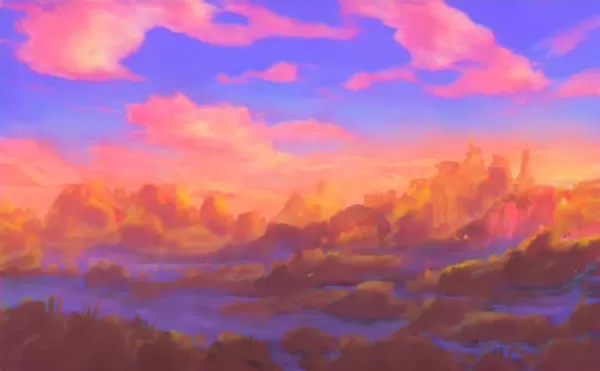
How AI Actually Creates These Landscapes
The Tech Behind the Magic
At its core, AI landscape generation relies on two powerful technologies:
Generative Adversarial Networks (GANs)
- Two neural networks compete: one creates images, the other judges their realism
- Through millions of iterations, the generator learns to produce increasingly convincing landscapes
Diffusion Models
- Starts with random noise and gradually refines it into coherent images
- Excels at photorealistic details and maintaining consistency
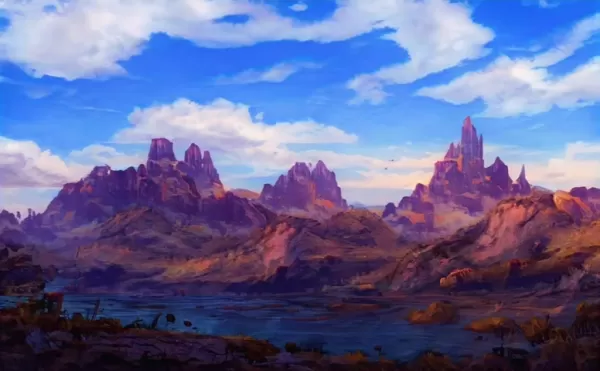
The Artist's New Toolkit
Modern AI art platforms offer unprecedented creative control through:
- Text prompts: Describe your vision in words ("misty fjords at dawn, cinematic lighting")
- Image inputs: Upload sketches or photos for AI to reinterpret
- Style mixing: Blend artistic influences ("Van Gogh meets cyberpunk")
- Parametric controls: Adjust composition, lighting, and detail levels
Prompt Type What It Does Example Descriptive Sets the scene "Autumn forest with golden leaves and morning fog" Stylistic Controls artistic treatment "Watercolor painting with loose brushstrokes" Technical Manages image properties "8K resolution, volumetric lighting"
Where AI Landscapes Are Making an Impact
1. Game Development Revolution
- Procedural generation creates endless unique terrains
- Small studios can now compete with AAA environments
- Dynamic worlds that evolve based on player actions
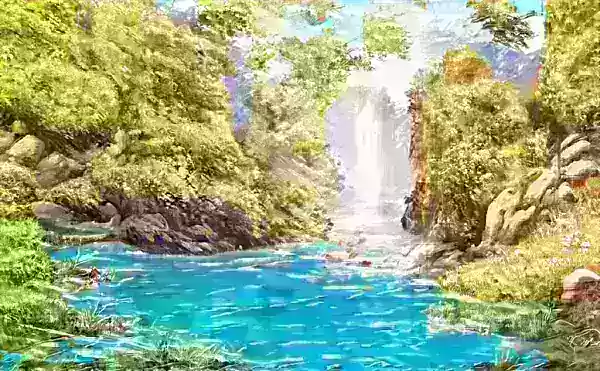
2. Film & Visual Effects
- Instant background plates for fantasy/sci-fi scenes
- Historical recreations without location shooting
- Seamless integration with live-action footage
3. Architectural Visualization
- Clients can explore photorealistic renders before construction
- Rapid iteration of landscape designs
- Accurate lighting/shadows at different times of day
The Human-AI Creative Partnership
How Artists Are Using AI
- Creative spark: Generating hundreds of concepts to overcome blocks
- Style exploration: Testing designs in different artistic treatments
- Production acceleration: Automating repetitive background elements
- Collaborative creation: Using AI outputs as digital "clay" to refine
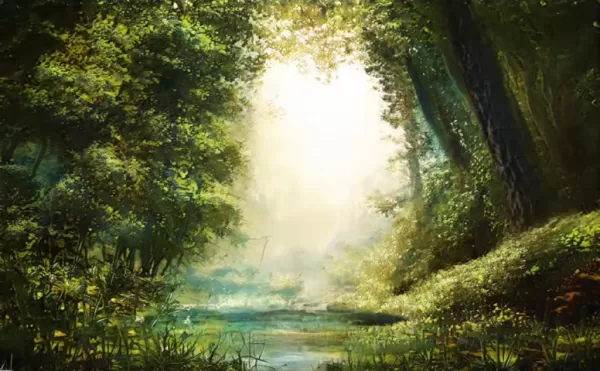
The Ethical Landscape
As AI art grows, so do important questions:
- Authorship: Who "owns" an AI-generated piece?
- Originality: When does inspiration become imitation?
- Economic impact: How will this affect creative professions?
- Authenticity: Can algorithm-made art carry emotional depth?
Getting Started with AI Landscape Creation
Choosing Your Tools
Platform Best For Learning Curve Midjourney Artistic styles Moderate DALL-E 3 Realism & detail Easy Stable Diffusion Customization Advanced
Crafting Effective Prompts
Pro Tip: Think like a film director describing a scene to a cinematographer:
- Establish the setting: "A coastal cliff at sunset"
- Add atmosphere: "With dramatic storm clouds rolling in"
- Specify style: "Rendered in a romantic oil painting style"
- Technical needs: "8K resolution, cinematic lighting"
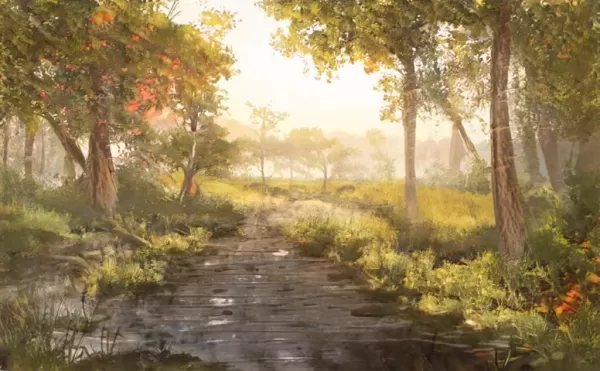
The Future of AI in Visual Arts
We're just scratching the surface of what's possible:
- Interactive generation: Landscapes that evolve in real-time
- 3D environment creation: Full worlds from text descriptions
- Emotion-driven art: AI that adapts to viewer reactions
- Mixed reality: AI-generated elements blending with physical spaces
As the technology advances, one thing remains clear: AI won't replace human artists, but artists who use AI will replace those who don't. The most exciting works will come from creative partnerships between human vision and machine capability.
Final Thought: The landscapes we can imagine are no longer limited by the time or skill required to create them. In this new era, if you can describe it, AI can help bring it to life—and that changes everything about visual storytelling.
Related article
 AI-Powered Cover Letters: Expert Guide for Journal Submissions
In today's competitive academic publishing environment, crafting an effective cover letter can make the crucial difference in your manuscript's acceptance. Discover how AI-powered tools like ChatGPT can streamline this essential task, helping you cre
AI-Powered Cover Letters: Expert Guide for Journal Submissions
In today's competitive academic publishing environment, crafting an effective cover letter can make the crucial difference in your manuscript's acceptance. Discover how AI-powered tools like ChatGPT can streamline this essential task, helping you cre
 US to Sanction Foreign Officials Over Social Media Regulations
US Takes Stand Against Global Digital Content Regulations
The State Department issued a sharp diplomatic rebuke this week targeting European digital governance policies, signaling escalating tensions over control of online platforms. Secretary Marco
US to Sanction Foreign Officials Over Social Media Regulations
US Takes Stand Against Global Digital Content Regulations
The State Department issued a sharp diplomatic rebuke this week targeting European digital governance policies, signaling escalating tensions over control of online platforms. Secretary Marco
 Ultimate Guide to AI-Powered YouTube Video Summarizers
In our information-rich digital landscape, AI-powered YouTube video summarizers have become indispensable for efficient content consumption. This in-depth guide explores how to build a sophisticated summarization tool using cutting-edge NLP technolog
Comments (2)
0/200
Ultimate Guide to AI-Powered YouTube Video Summarizers
In our information-rich digital landscape, AI-powered YouTube video summarizers have become indispensable for efficient content consumption. This in-depth guide explores how to build a sophisticated summarization tool using cutting-edge NLP technolog
Comments (2)
0/200
![AlbertLee]() AlbertLee
AlbertLee
 September 13, 2025 at 4:30:42 AM EDT
September 13, 2025 at 4:30:42 AM EDT
¡Estos paisajes generados por IA son impresionantes! 🤯 Me pregunto cómo afectará esto a los artistas tradicionales. ¿Seremos testigos de una nueva era donde humanos y máquinas colaboren en el arte? Algo increíble está pasando.


 0
0
![JustinWilson]() JustinWilson
JustinWilson
 August 4, 2025 at 2:48:52 AM EDT
August 4, 2025 at 2:48:52 AM EDT
Mind-blowing how AI can paint landscapes that look so real! It's like nature got a digital twin. 😍 Wonder if artists will team up with AI or feel threatened?


 0
0
The Rise of AI in Visual Arts: When Algorithms Become Artists
Artificial intelligence has moved from science fiction to creative reality, fundamentally changing how we produce and experience visual art. What began as experimental algorithms now generates breathtaking landscapes that rival human creations—from hyper-realistic mountain ranges to surreal dreamscapes that defy physics. This revolution isn't just about technology; it's reshaping artistic expression itself.
Why AI-Generated Landscapes Matter
- Unlimited creativity: AI can produce thousands of landscape variations in minutes, pushing artistic boundaries
- Democratization of art: Expensive tools once limited to studios are now accessible to anyone
- Industry transformation: Gaming, film, and architecture are adopting AI for faster, cheaper world-building
- New artistic movements: Hybrid human-AI collaborations are creating never-before-seen styles

How AI Actually Creates These Landscapes
The Tech Behind the Magic
At its core, AI landscape generation relies on two powerful technologies:
Generative Adversarial Networks (GANs)
- Two neural networks compete: one creates images, the other judges their realism
- Through millions of iterations, the generator learns to produce increasingly convincing landscapes
Diffusion Models
- Starts with random noise and gradually refines it into coherent images
- Excels at photorealistic details and maintaining consistency

The Artist's New Toolkit
Modern AI art platforms offer unprecedented creative control through:
- Text prompts: Describe your vision in words ("misty fjords at dawn, cinematic lighting")
- Image inputs: Upload sketches or photos for AI to reinterpret
- Style mixing: Blend artistic influences ("Van Gogh meets cyberpunk")
- Parametric controls: Adjust composition, lighting, and detail levels
| Prompt Type | What It Does | Example |
|---|---|---|
| Descriptive | Sets the scene | "Autumn forest with golden leaves and morning fog" |
| Stylistic | Controls artistic treatment | "Watercolor painting with loose brushstrokes" |
| Technical | Manages image properties | "8K resolution, volumetric lighting" |
Where AI Landscapes Are Making an Impact
1. Game Development Revolution
- Procedural generation creates endless unique terrains
- Small studios can now compete with AAA environments
- Dynamic worlds that evolve based on player actions

2. Film & Visual Effects
- Instant background plates for fantasy/sci-fi scenes
- Historical recreations without location shooting
- Seamless integration with live-action footage
3. Architectural Visualization
- Clients can explore photorealistic renders before construction
- Rapid iteration of landscape designs
- Accurate lighting/shadows at different times of day
The Human-AI Creative Partnership
How Artists Are Using AI
- Creative spark: Generating hundreds of concepts to overcome blocks
- Style exploration: Testing designs in different artistic treatments
- Production acceleration: Automating repetitive background elements
- Collaborative creation: Using AI outputs as digital "clay" to refine

The Ethical Landscape
As AI art grows, so do important questions:
- Authorship: Who "owns" an AI-generated piece?
- Originality: When does inspiration become imitation?
- Economic impact: How will this affect creative professions?
- Authenticity: Can algorithm-made art carry emotional depth?
Getting Started with AI Landscape Creation
Choosing Your Tools
| Platform | Best For | Learning Curve |
|---|---|---|
| Midjourney | Artistic styles | Moderate |
| DALL-E 3 | Realism & detail | Easy |
| Stable Diffusion | Customization | Advanced |
Crafting Effective Prompts
Pro Tip: Think like a film director describing a scene to a cinematographer:
- Establish the setting: "A coastal cliff at sunset"
- Add atmosphere: "With dramatic storm clouds rolling in"
- Specify style: "Rendered in a romantic oil painting style"
- Technical needs: "8K resolution, cinematic lighting"

The Future of AI in Visual Arts
We're just scratching the surface of what's possible:
- Interactive generation: Landscapes that evolve in real-time
- 3D environment creation: Full worlds from text descriptions
- Emotion-driven art: AI that adapts to viewer reactions
- Mixed reality: AI-generated elements blending with physical spaces
As the technology advances, one thing remains clear: AI won't replace human artists, but artists who use AI will replace those who don't. The most exciting works will come from creative partnerships between human vision and machine capability.
Final Thought: The landscapes we can imagine are no longer limited by the time or skill required to create them. In this new era, if you can describe it, AI can help bring it to life—and that changes everything about visual storytelling.
 AI-Powered Cover Letters: Expert Guide for Journal Submissions
In today's competitive academic publishing environment, crafting an effective cover letter can make the crucial difference in your manuscript's acceptance. Discover how AI-powered tools like ChatGPT can streamline this essential task, helping you cre
AI-Powered Cover Letters: Expert Guide for Journal Submissions
In today's competitive academic publishing environment, crafting an effective cover letter can make the crucial difference in your manuscript's acceptance. Discover how AI-powered tools like ChatGPT can streamline this essential task, helping you cre
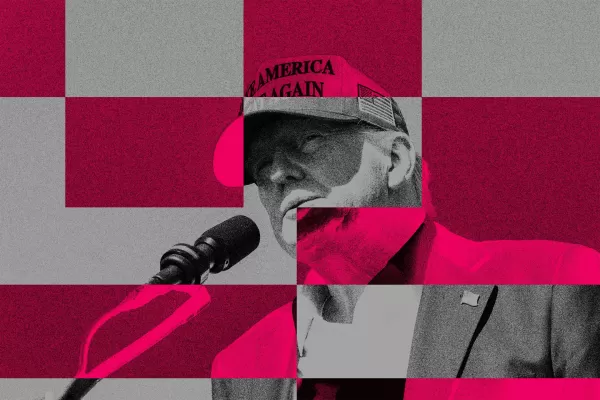 US to Sanction Foreign Officials Over Social Media Regulations
US Takes Stand Against Global Digital Content Regulations
The State Department issued a sharp diplomatic rebuke this week targeting European digital governance policies, signaling escalating tensions over control of online platforms. Secretary Marco
US to Sanction Foreign Officials Over Social Media Regulations
US Takes Stand Against Global Digital Content Regulations
The State Department issued a sharp diplomatic rebuke this week targeting European digital governance policies, signaling escalating tensions over control of online platforms. Secretary Marco
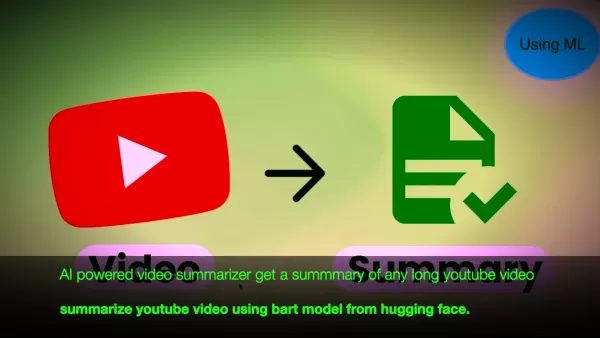 Ultimate Guide to AI-Powered YouTube Video Summarizers
In our information-rich digital landscape, AI-powered YouTube video summarizers have become indispensable for efficient content consumption. This in-depth guide explores how to build a sophisticated summarization tool using cutting-edge NLP technolog
Ultimate Guide to AI-Powered YouTube Video Summarizers
In our information-rich digital landscape, AI-powered YouTube video summarizers have become indispensable for efficient content consumption. This in-depth guide explores how to build a sophisticated summarization tool using cutting-edge NLP technolog
 September 13, 2025 at 4:30:42 AM EDT
September 13, 2025 at 4:30:42 AM EDT
¡Estos paisajes generados por IA son impresionantes! 🤯 Me pregunto cómo afectará esto a los artistas tradicionales. ¿Seremos testigos de una nueva era donde humanos y máquinas colaboren en el arte? Algo increíble está pasando.


 0
0
 August 4, 2025 at 2:48:52 AM EDT
August 4, 2025 at 2:48:52 AM EDT
Mind-blowing how AI can paint landscapes that look so real! It's like nature got a digital twin. 😍 Wonder if artists will team up with AI or feel threatened?


 0
0





























